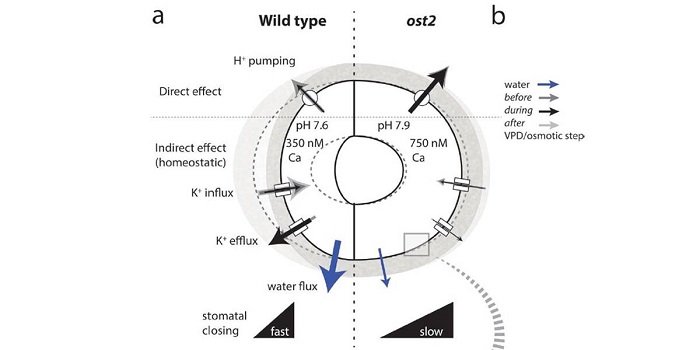
Modeling guard cell-to-leaf scales with OnGuard2
Blog, Plant Science Research Weekly, Research, Research BlogWhile much is known about the processes involved in stomatal movement and the processes involved in the transpiration of leaves, there has been no framework to bridge this micro-macro divide. Wang and colleagues bridge this divide through OnGuard2, a quantitative systems platform that uses the molecular…

Update: Root plasticity and internal aeration
Blog, Plant Physiology: Updates, Research, Research BlogBy Takaki Yamauchi, Timothy D Colmer, Ole Pedersen, Mikio Nakazono
Introduction
Root acquisition of water and nutrients is essential for plant growth and crop productivity (Lynch, 2015). An improved understanding of root system development and functioning, to identify root traits contributing to…

Update. Inroads into Internalization: Five Years of Endocytic Exploration
Blog, Plant Physiology, Plant Physiology: Updates, Research, Research BlogBy Gregory D. Reynolds, Chao Wang, Jianwei Pan, Sebastian Bednarek
Introduction
The plasma membrane (PM) serves as the interface between the cell and its environment. Accordingly, cells have the capacity to modulate their complement of PM-associated receptors, transporters, channels, lipids, and…
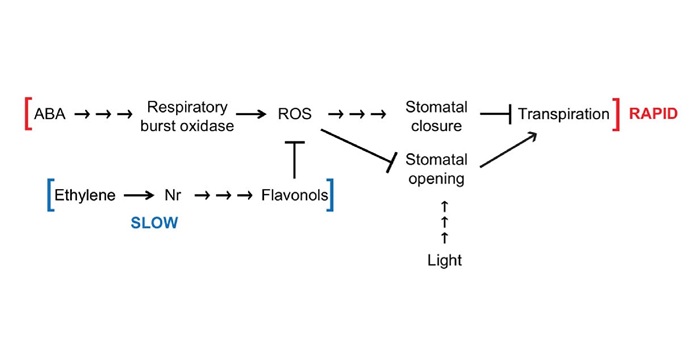
ABA-induced reactive oxygen species are modulated by flavonols to control stomata aperture
Blog, Plant Science Research Weekly, Research, Research BlogMuch of our knowledge concerning ABA-induced stomatal closure comes from genetic models such as Arabidopsis and Vicia faba. Watkins et al. explore the mechanism of ROS production in this abiotic stress pathway in an important agricultural crop: tomatoes (Solanum lycopersicum). Specifically, they are…
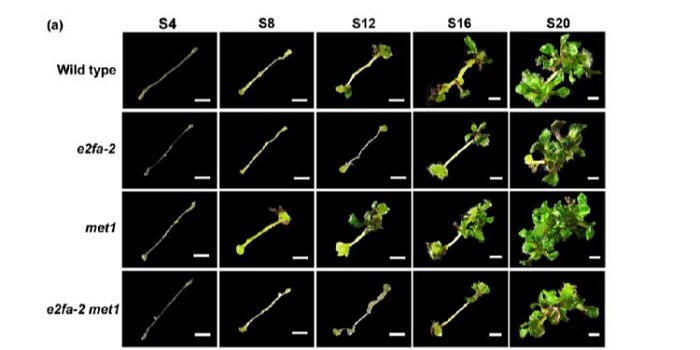
Cytokinin-induced cell cycle regulates MET1 activity during shoot regeneration ($)
Blog, Plant Science Research Weekly, Research, Research BlogThe capacity of plants to regenerate new shoots from differentiated tissue – a process called de novo shoot regeneration – confers plasticity to plant development and has also important agricultural applications. Previous studies revealed that DNA METHYLTRANSFERASE1 (MET1) inhibits shoot regeneration…
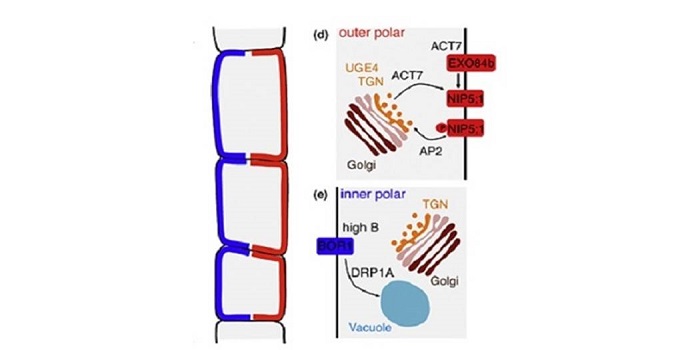
Review: Outer, inner and planar polarity in the Arabidopsis root
Blog, Plant Science Research Weekly, Research, Research BlogDespite vast differences across all living organisms, most eukaryotes display some form of cellular polarity which enables them to carry out specialized functions. The coordination of cell polarity within a single tissue layer is known as planar polarity. Nakamura and Grebe highlight the unique execution…
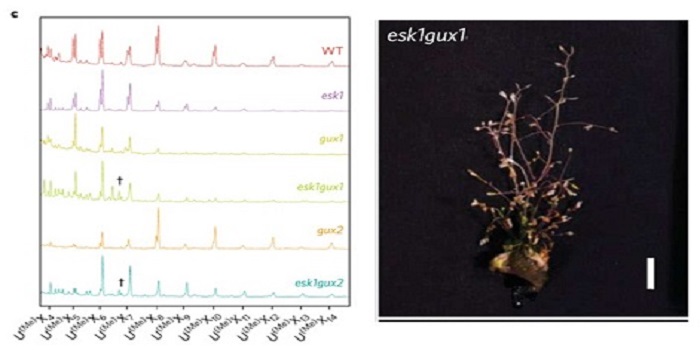
An even pattern of xylan substitution is critical for interaction with cellulose in plant cell walls
Blog, Plant Science Research Weekly, Research, Research BlogPlant cell wall architecture is a very complex specific design and the interaction between xylan and cellulose is believed to be that way too. Grantham et al. reveal the details of the association between xylan and cellulose using mass spectrometry and NMR in Arabidopsis. ESKIMO1 (ESK1) is a xylan-specific…

Update on autophagy: Dynamics of autophagosome formation
Blog, Plant Physiology, Plant Physiology: Updates, Research, Research BlogBy Junmarie Soto-Burgos, Xiao-Hong Zhuang, Liwen Jiang, and Diane C. Bassham
Autophagy, literally defined as “self-eating”, functions as a degradation process by recycling cytoplasmic contents under stress conditions or during development. Upon activation of autophagy, a membrane structure known…
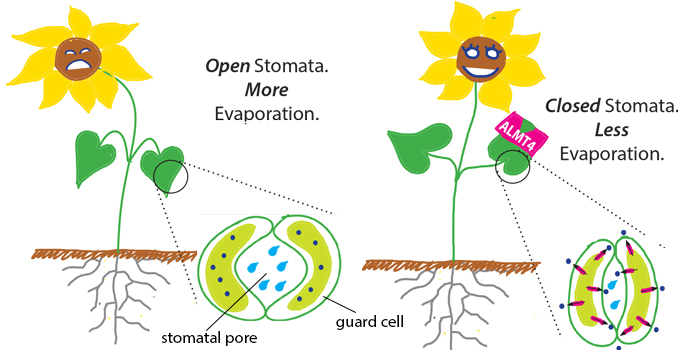
An Ion Channel Active in Plant Drought Response
Research, The Plant Cell, The Plant Cell: In a NutshellEisenach et al. discover A new ion channel of the plant vacuole helps plants react to drought https://doi.org/10.1105/tpc.17.00452
By Cornelia Eisenach
Background: Stomata are small pores on plant surfaces that facilitate diffusion of CO2, O2 and water vapor between plant and atmosphere. During…

